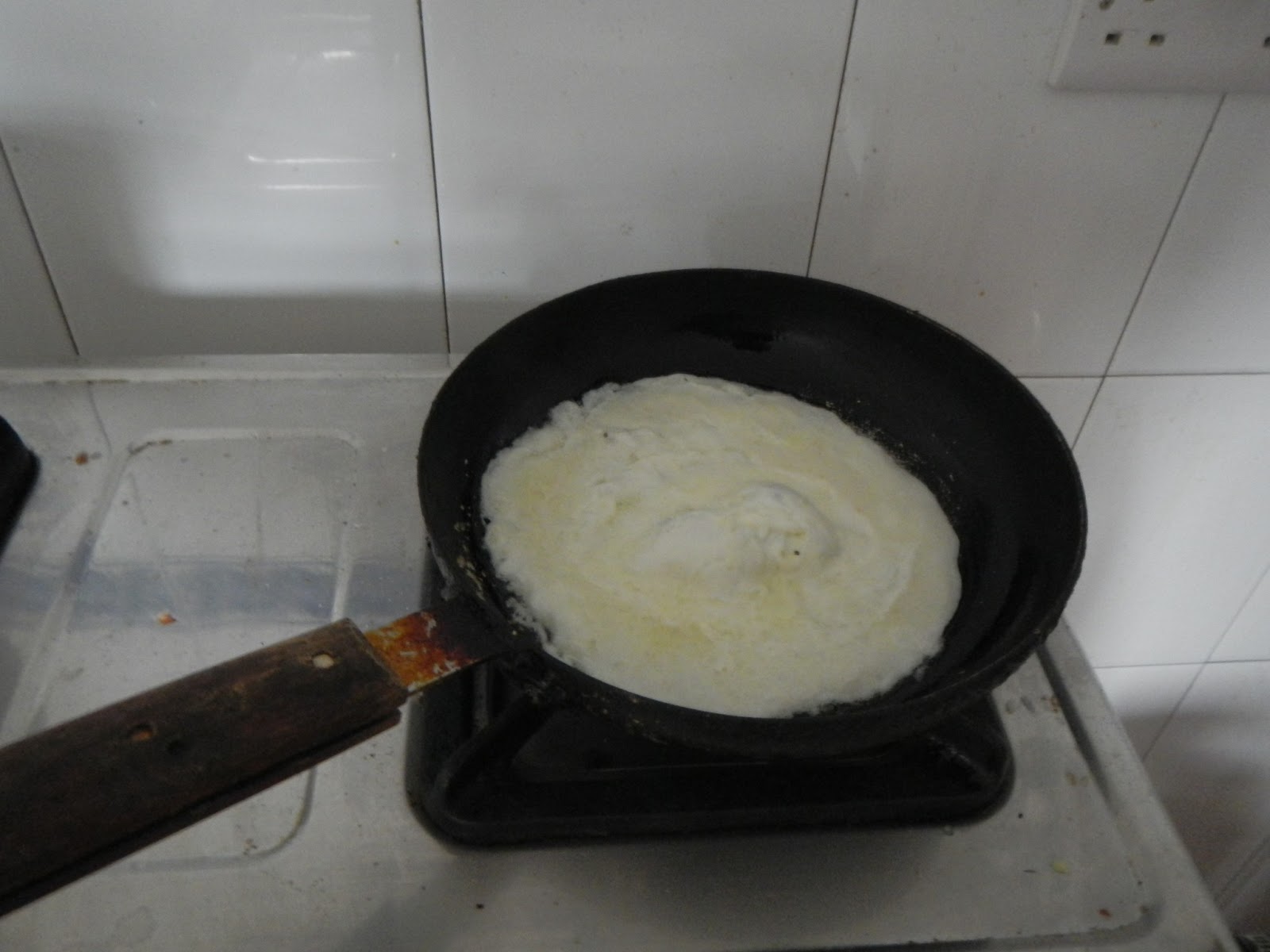I've been called many things over the years. More recently I have no idea what most of them mean. My Swahilli is still just budding. One of the most flattering has been Pancake Master. It's not just an innate skill to make a pancake out of almost anything that gave me that moniker. It has taken taken a lifetime of practice and experimentation. When did this all begin you might wonder? I think it started in boy scouts when I got an award for my pancakes, and the praise of my scout master for making what he called the "perfect pancake". I still remember watching it's surface bubble up and saw in my minds eye the golden brown that lay hidden on the other side next to the hot griddle. At that moment I fell in love with pancakes. Little did he know that was just the humble beginnings of a lifelong obsession. A few years later I watched a show on TV about what lumber jacks ate for breakfast. What I saw was amazing, they ate colossal teetering stacks of pancakes with huge log jams of bacon on the side to hold back a waterfall of maple syrup. At that moment I wanted nothing more than to be a lumber jack. So where is all this rambling about pancakes and lumber jacks headed and what does it have to do with Tanzania or medicine? All this is just an appetizer for a new and monumental discovery. A brand new pancake.
 |
| Mariko just looked over my shoulder and said, "You are silly, but I appreciate your pancakes." So true. |
These delicious breakfast treats are made with all local ingredients. Feel free to try this at home.
Begin with Ugali flour. This is probably the most common staple food for Tanzanian villagers. It is a finely ground white corn flour that is usually mixed with water and cooked into a paste which you can eat with most any meal. A traditional breakfast is ugali porridge. Dinner is a thicker ugali paste eaten with vegis or when you can afford it some meat. Most people eat ugali with their fingers, so I made these pancakes in a crepe fashion for all you finger food fans.
Corn is not indigenous to Africa, so how did it get here and become a staple food so far from it's origins in the new world? Most historians theorize that it was introduced by the Portugese into the costal regions as early as the 1500's. According to Marvin P. Miracle in the Journal of African History;
"Maize was probably introduced to tropical Africa at more than one point and at different times. Maize was widely grown along the coast from the River Gambia to Sao Tome, around the mouth of the River Congo, and possibly in Ethiopia, in the sixteenth century. There is reference to it in all these places, in Zanzibar, and around the mouth of the River Ruvuma in the seventeenth century; and it was not only mentioned but described as an important foodstuff and a major provision for slave ships between Liberia and the Niger Delta during the same century. Much less information is available for the interior, but it clearly seems to have been unknown in Uganda as late as 1861. Until well within the present century, it was neither a major export nor a mainstay of the diet in most of eastern and central tropical Africa, the bulk of the areas where it is now of major importance."
I digress, we were talking about pancakes not history.
Mix 1/4 cup ugali flour with 3 white yolked eggs. Blend well.
White yolk eggs were quite a surprise to me at first. I'm used to the yellow variety. These little pale beauties are relatively tasteless, which can be great for any of you who abhor the taste of egg. Why are they white? I have no idea. I couldn't find any definitive answer in my brief research into their edibility and nutritional value. Some egg specialist say it can be genetic or it can be due to the diet of the chickens. I'm guessing it could be either. Do the chickens I see running though the streets raised on white corn and city trash make white eggs? I guess so.
I think my eggs might come from our neighbors chickens.
Mix with a teaspoon of sunflower oil and a 1/4 to 1/2 cup boxed milk. Don't even think of using fresh milk, it only comes warm and packaged for a long shelf life in a handy box.
Make the batter thin so you can easily spread it across the bottom of the pan. These pancakes come off best as crepes.
Cook over medium heat until toasty brown.
The best part is the fresh fruit. Mangoes are my favorite, but Pineapples and bananas are tasty too.
According to Mariko, she has never seen a Tanzanian pancake made from these local staples foods. Now she sees them most every morning. They just keep getting better too as new innovations in batter mixing and cooking times develop.
Please enjoy responsibly.







